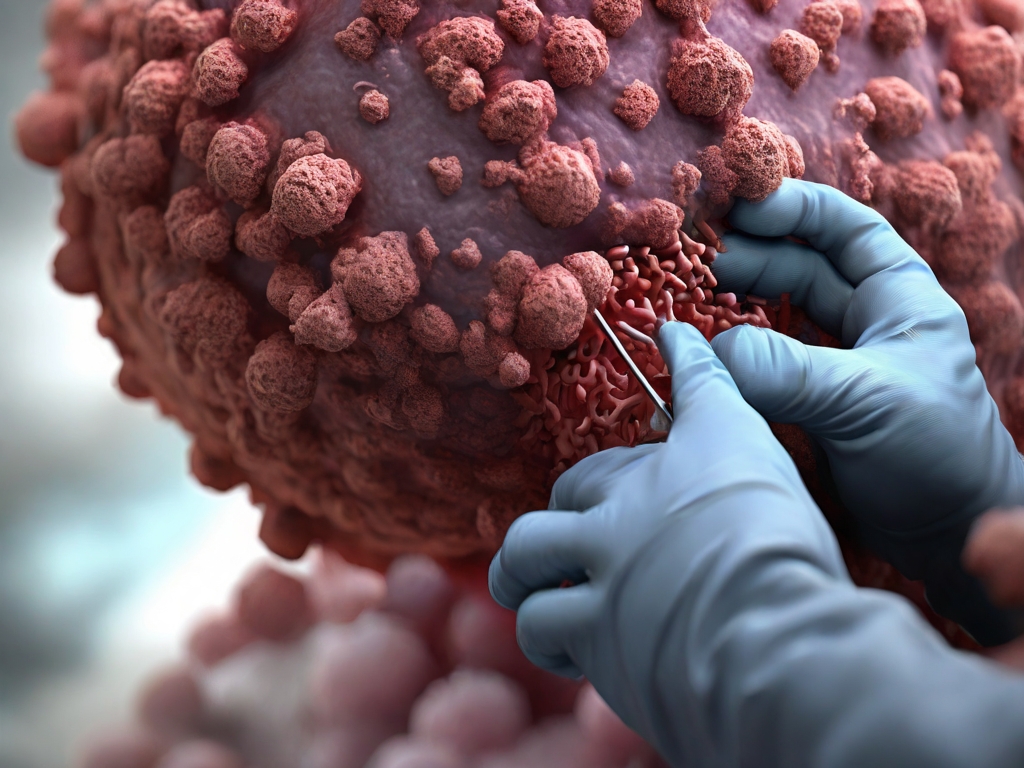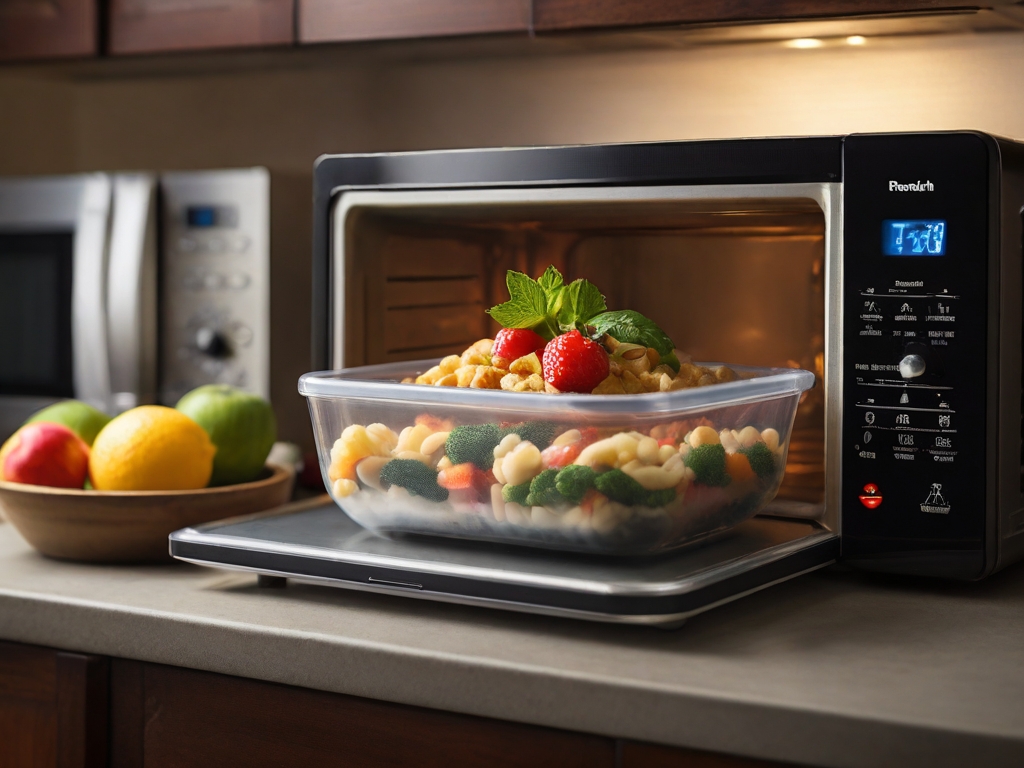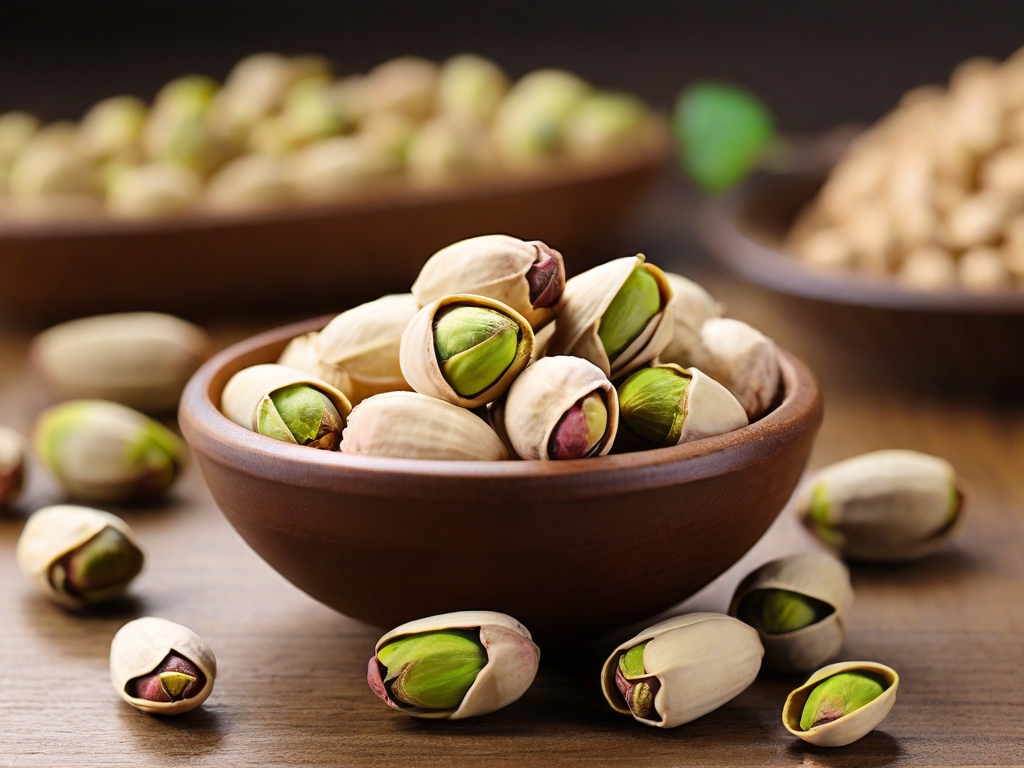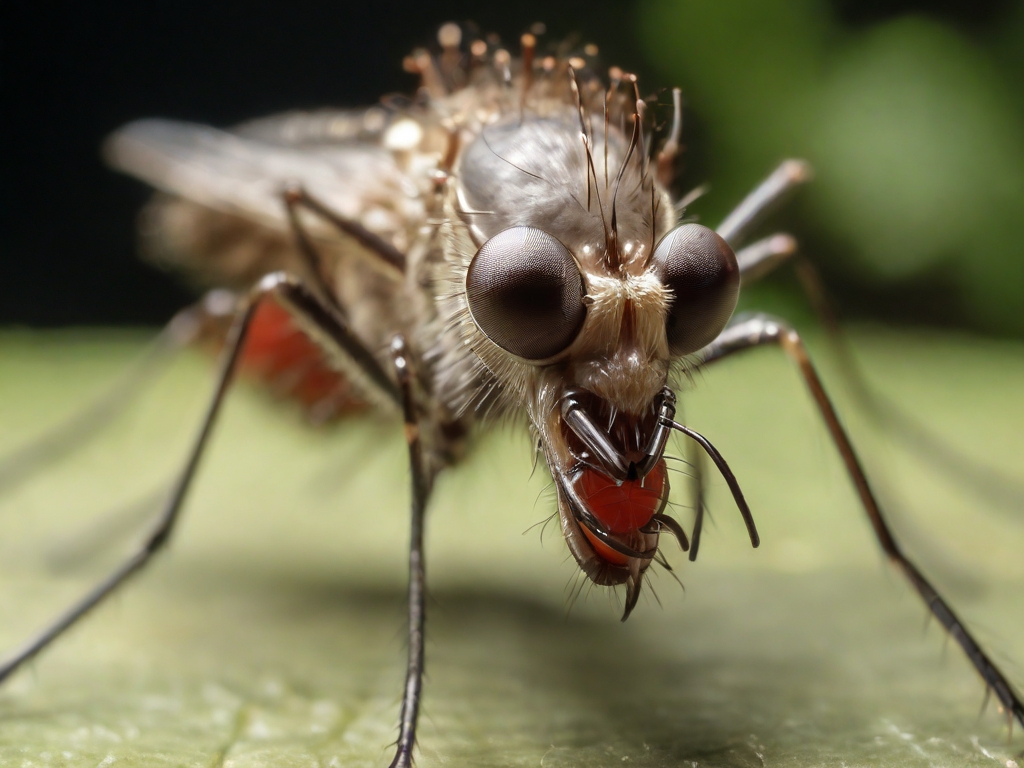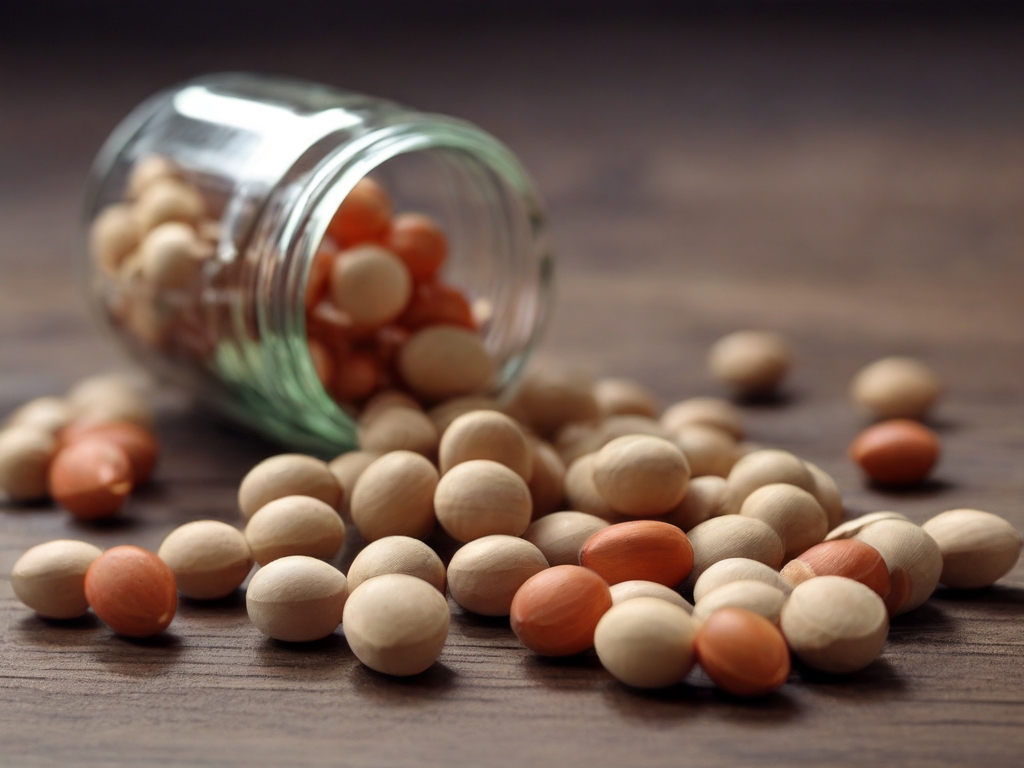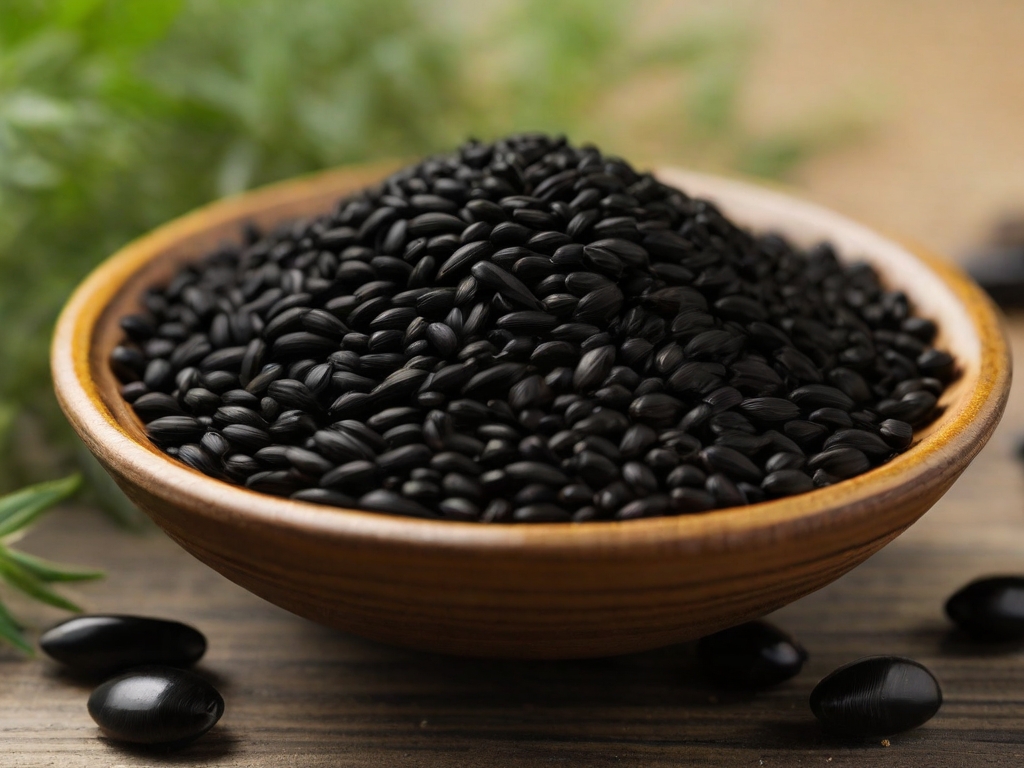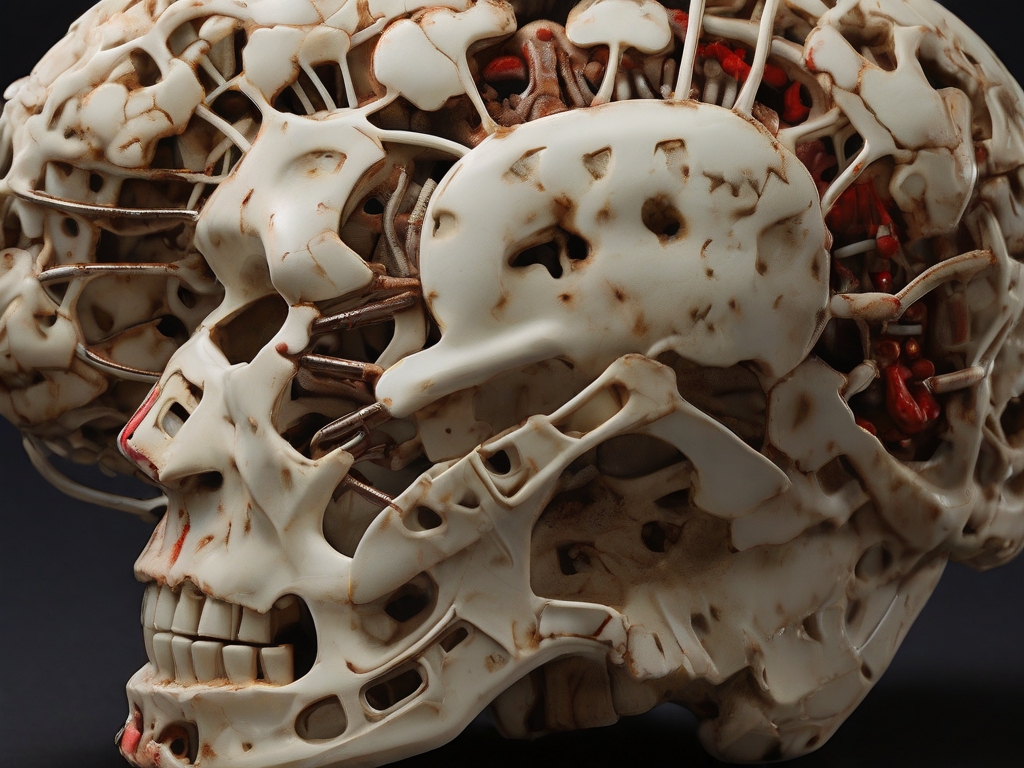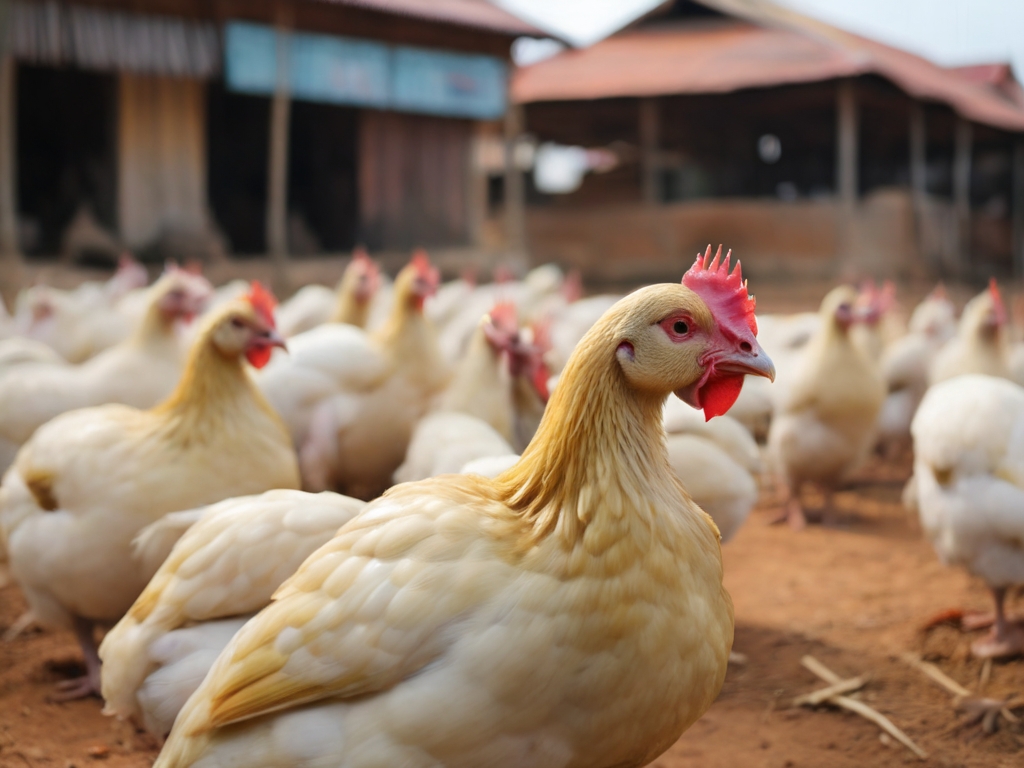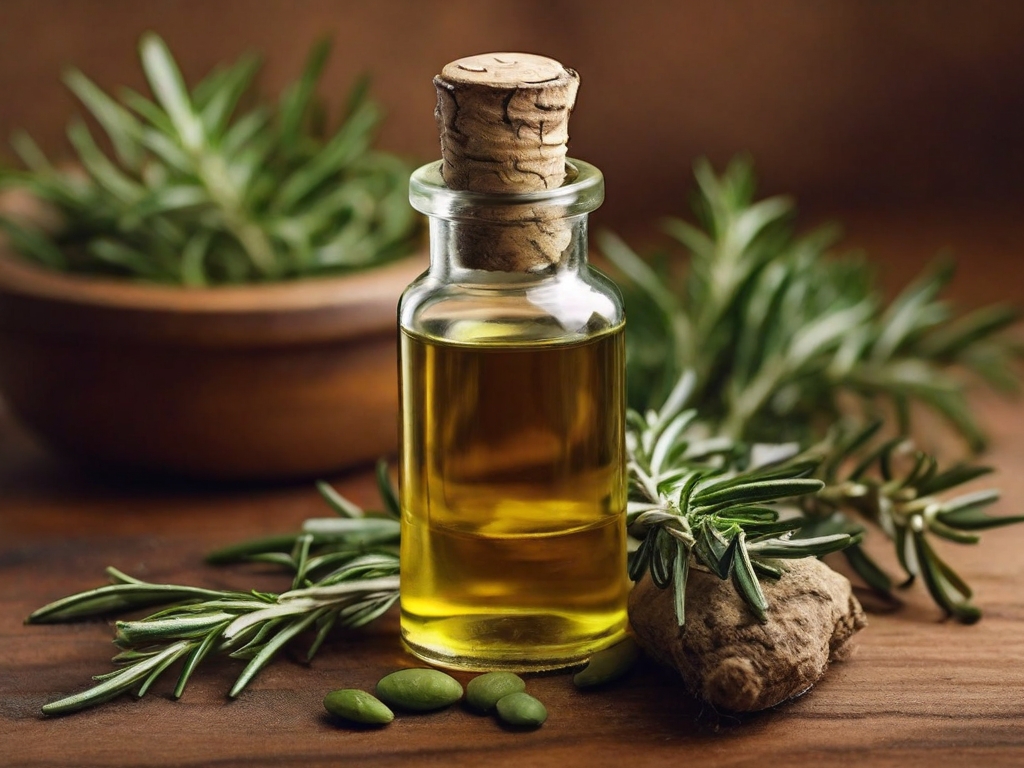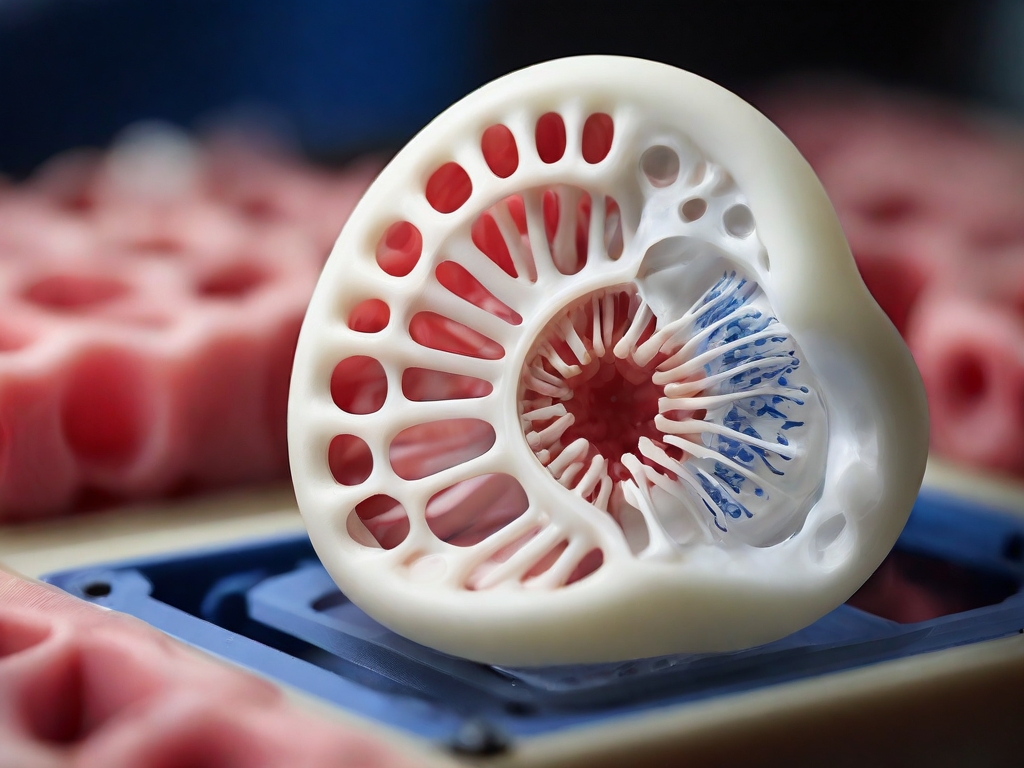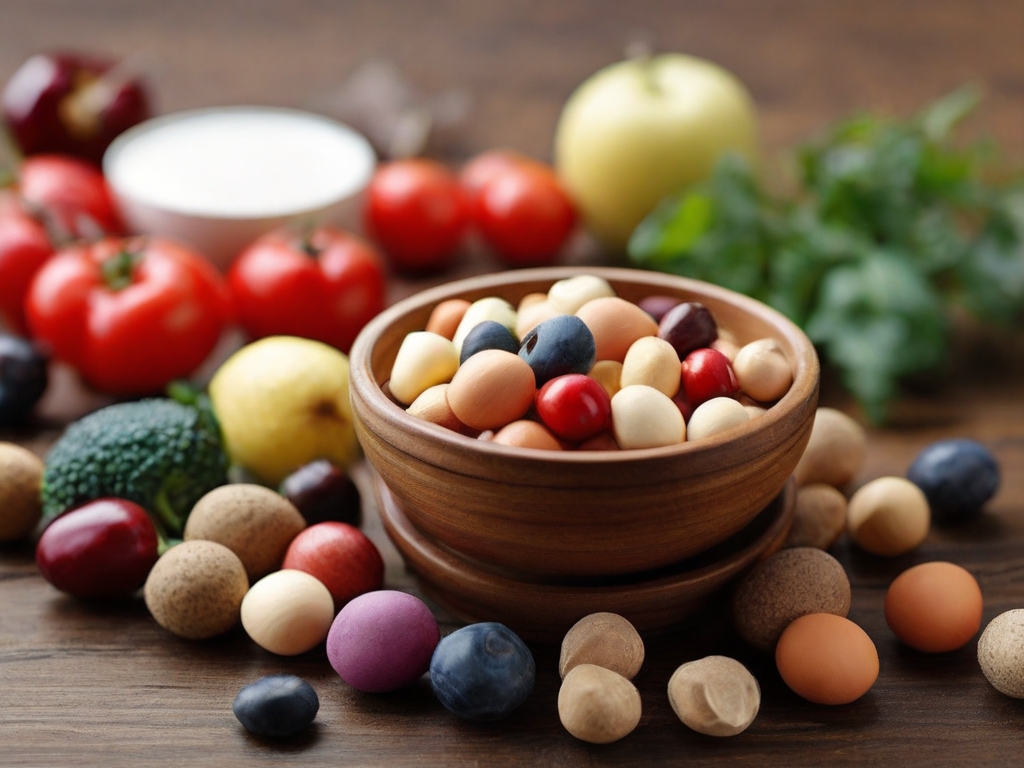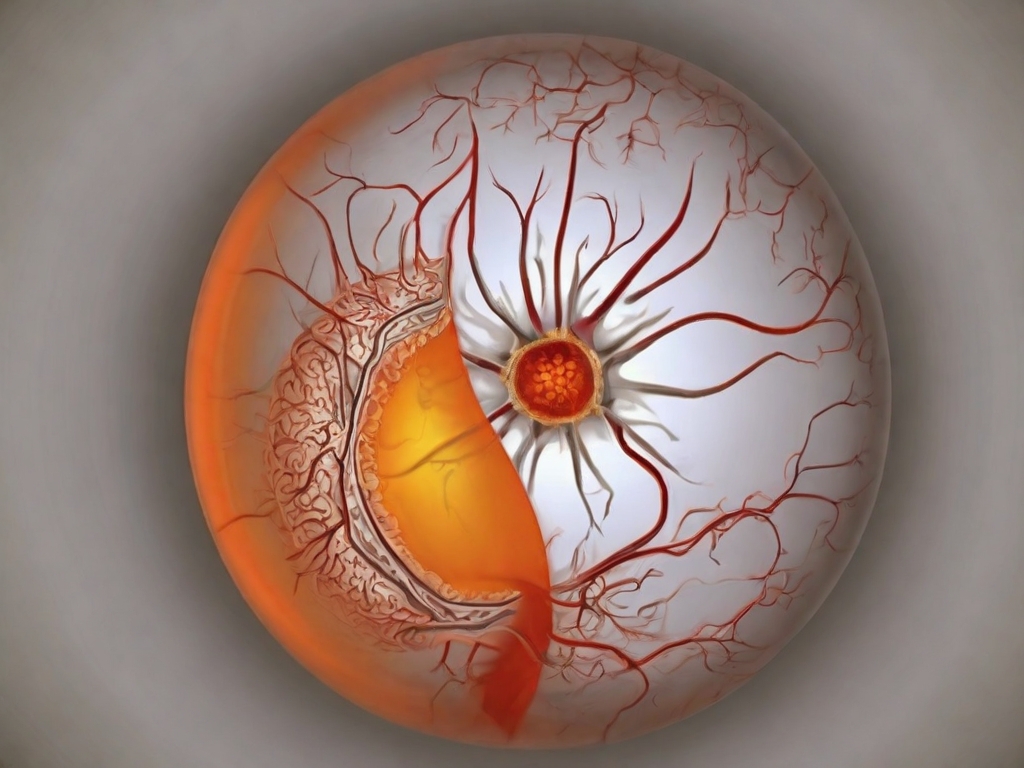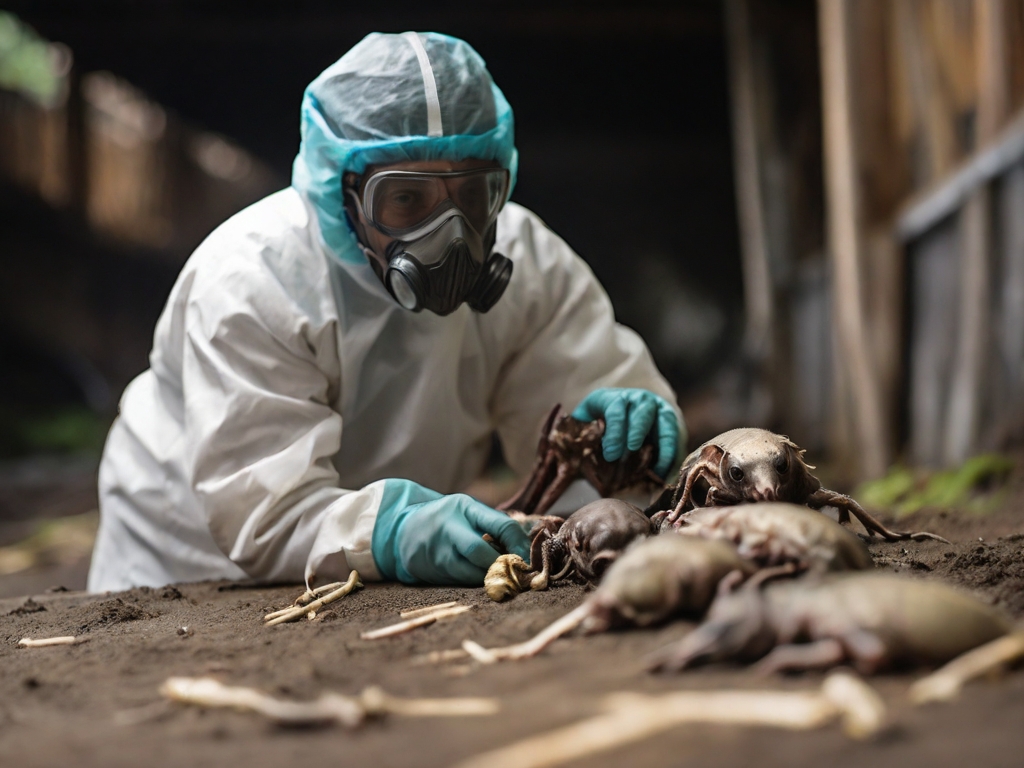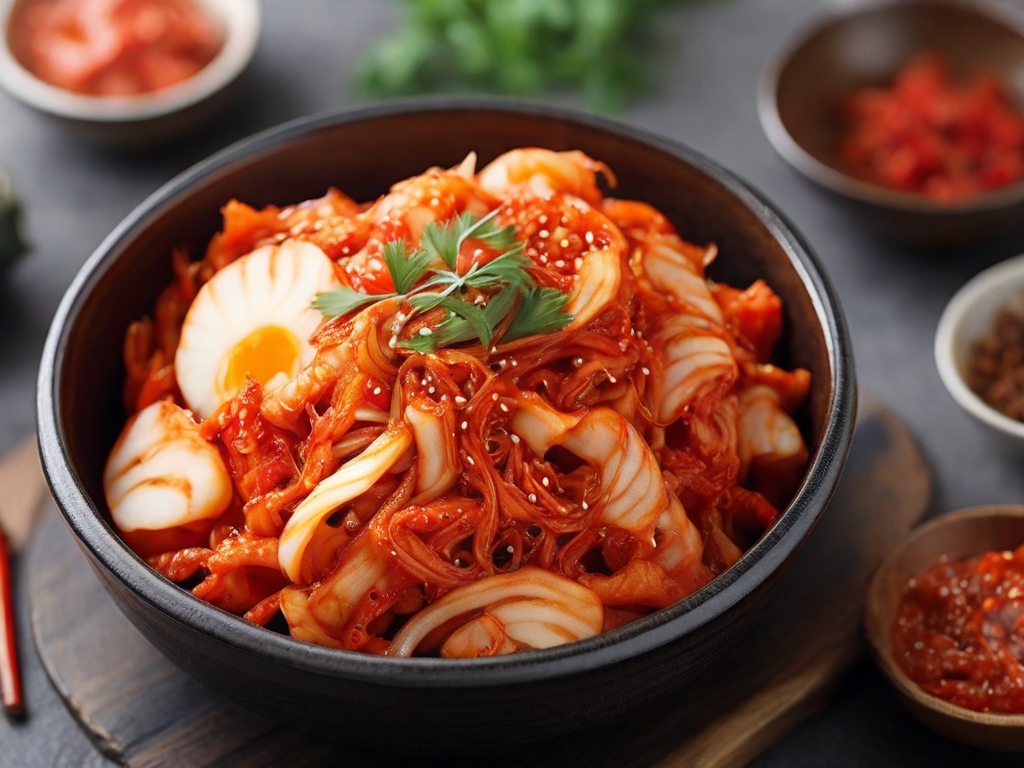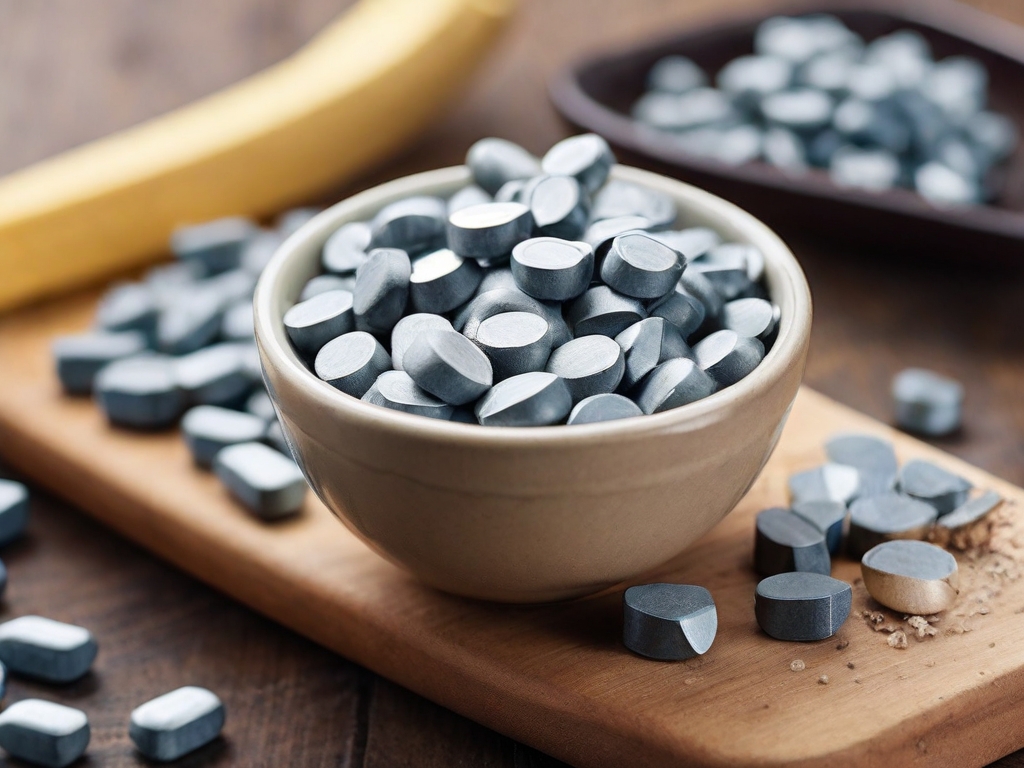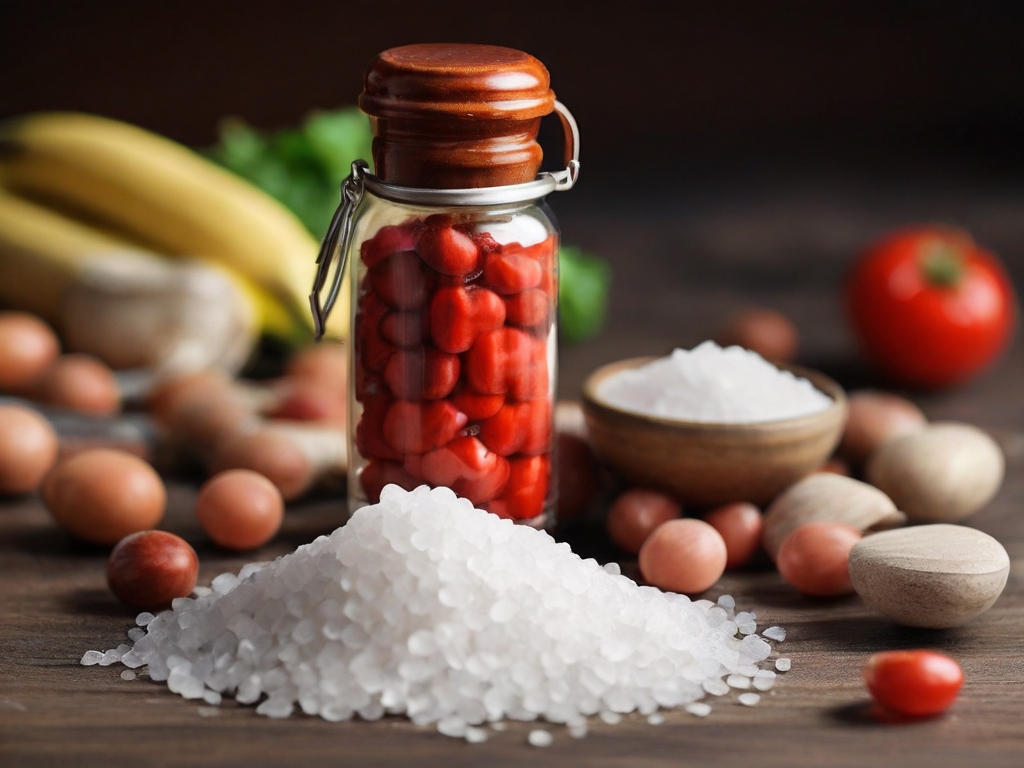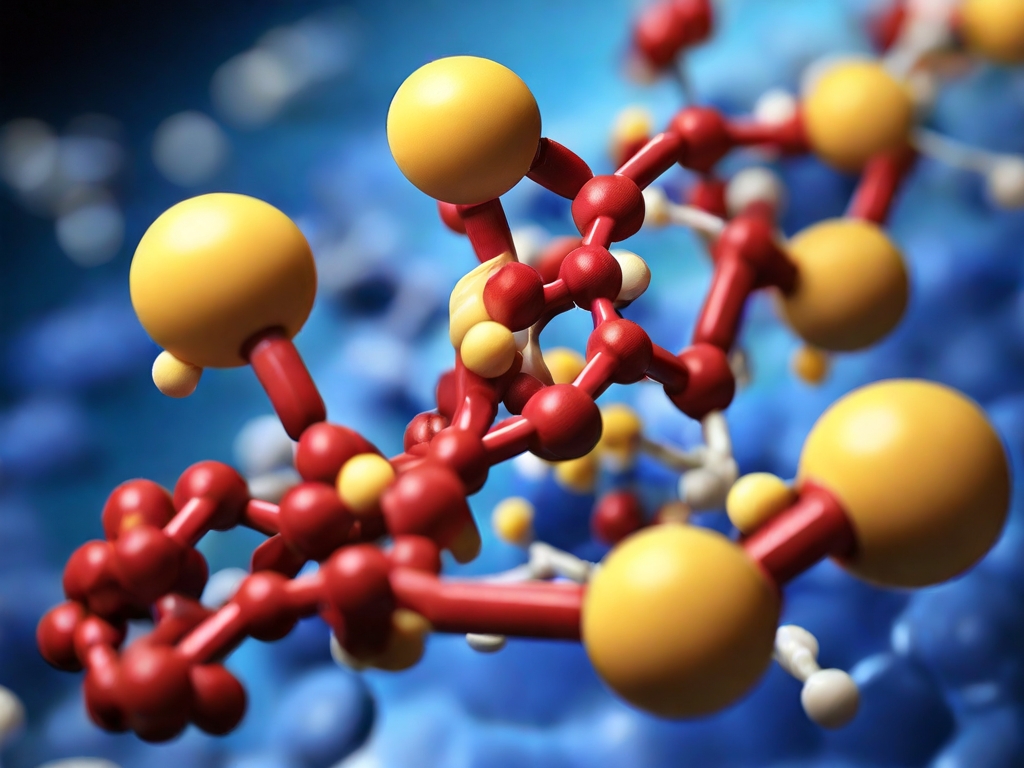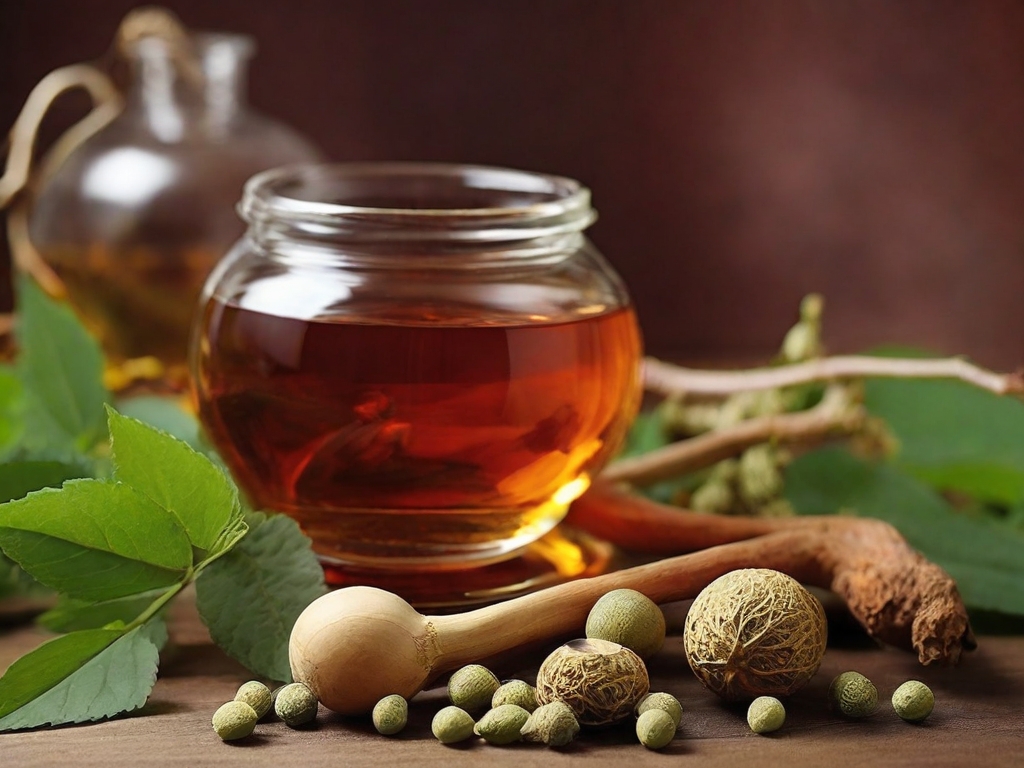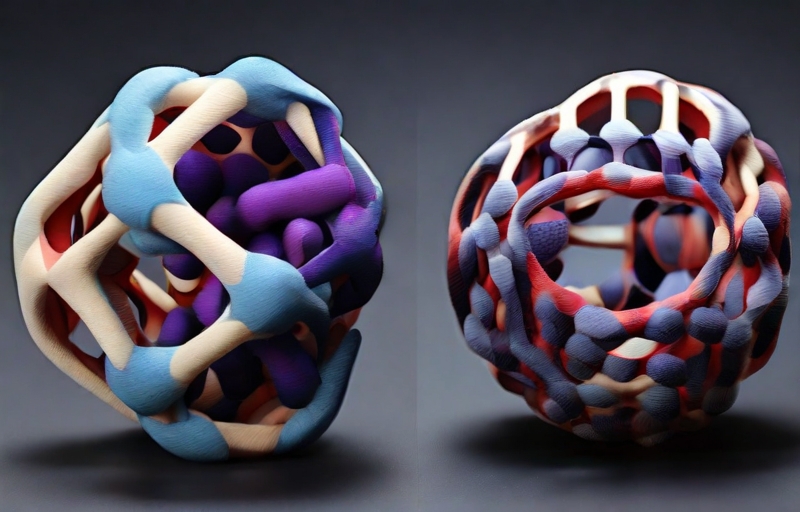
Unveiling the Secrets of Pine Nuts: Health Benefits, Recipes, and More

Explore the world of pine nuts, their health benefits, delicious recipes, and understand why these tiny seeds are a culinary luxury. Discover how to store and consume them for a healthy lifestyle.
Pine nuts, also known as piñón, pinoli, or pignoli, are the edible seeds of pines. Approximately 20 species of pine trees produce seeds that are large enough to harvest. The most commonly harvested seeds come from four particular pine tree varieties: the Mexican pinon (Pinus cembroides), the Colorado pinion (P. edulis), the Italian stone pine (P. pinea), and the Chinese nut pine (P. koraiensis).
Why are Pine Nuts Expensive?
As of January 2024, the retail price range for pine nuts in the United States fluctuates between $15.92 and $23.40 per kilogram, or between $7.22 and $10.61 per pound. On the wholesale front, the price range is slightly lower, between $11.15 and $16.38 per kilogram, or between $5.06 and $7.43 per pound.
Pine nuts are one of the most expensive nuts in the world due to several factors:
- Slow Growth: Pine nut trees have a maturing period of 10 to 40 years, compared to almond trees, which take two to four years to harvest.
- Labor-Intensive Harvest: Extracting the nuts is incredibly labor-intensive, which drives up prices.
- Supply and Demand: Pine nuts aren’t as common as other nuts, but demand keeps increasing in the United States and Europe.
- Additional Processing: Each pine nut has a second shell that must also be removed (also by hand) before you can eat them.
Health Benefits of Pine Nuts
Pine nuts are a nutritious snack that can be eaten raw or roasted. They offer several health benefits:
- Promote heart health: High blood levels of “bad” cholesterol, or low-density lipoproteins (LDL), may increase the risk of heart disease. Pinolenic acid, a polyunsaturated fatty acid found in pine nuts, may help lower LDL cholesterol levels in the blood.
- May improve blood sugar levels: Animal studies have shown that consumption of pine nut extract may contribute to a decrease in fasting blood glucose levels.
- May help with weight management: The Pinolenic Acid in pine nuts stimulate the intestine to produce a particular hormone that signals the brain to turn off ‘Hungry Mode’.
- Rich in essential minerals: Pine nuts are a good source of magnesium and zinc, two essential minerals that play a critical role in energy metabolism.
Pine Nut Recipes
Pine nuts can be used in both sweet and savory recipes, as either a garnish or a main ingredient. Here are some recipes that you can try with pine nuts:
1. Toasted Pine Nuts
- Place the nuts in a dry skillet (no oil) over medium heat. Heat, shaking the pan and stirring often, for about 3 minutes, until golden and fragrant.
- Alternatively, preheat the oven to 350 degrees Fahrenheit. Place the nuts on a baking sheet in a single layer. Bake for 5 minutes until golden and fragrant.
2. Spaghetti with Garlicky Spinach, Parmesan, and Toasted Pine Nuts
- Cook the pasta per instructions in well-salted boiling water. Drain, making sure to reserve 1/2 cup of the cooking water.
- Before the spaghetti is finished cooking, heat the olive oil in a large skillet over medium heat. Add the spinach and crushed red pepper flakes, stirring constantly, for 30 seconds.
- Add the minced garlic and butter, and cook constantly stirring for another 30-45 seconds, or until the spinach is just wilted.
- Add the drained spaghetti and ¼ cup of the reserved cooking water, tossing to coat the pasta. Add the toasted pine nuts, and some freshly grated Parmesan, and season with sea salt and freshly cracked pepper, to taste.
3. Roasted Mushrooms and Pine Nuts
- In a large saucepan, heat the oil over medium-high heat and cook onion and garlic until soft, about 5 minutes.
- Stir in rice until coated, then pasta sauce (or tomatoes), and cook another 5 minutes.
- Add broth (and seasonings, if using plain tomatoes), and bring to a boil, stirring often.
- Transfer to oven-safe dish if necessary, and cover tightly. Bake in the center of the oven until all liquid is absorbed, about 30 minutes.
- Remove from oven and stir in spinach.
4. Fresh Basil Pesto
- In a food processor or blender, combine the basil leaves, Parmesan cheese, garlic, toasted pine nuts, kosher salt and pepper.
- Pulse the ingredients together until well blended. While the food processor or blender is running, drizzle in the olive oil and continue blending, scraping down the sides as needed, until the pesto is puréed.
5. Orecchiette with Wilted Spinach, Kale and Toasted Pine Nuts
- In a large skillet, heat the oil over medium heat, sauté the kale for 1 to 2 minutes or until wilted.
- Season with salt and pepper to taste. Stir in Artisan Ingredients Truffle, Porcini & Cream Marinara and bring to simmer.
- Add the cooked pasta to the skillet and toss with sauce to coat. Top with toasted pine nuts before serving.
6. Quinoa Salad with Asparagus, Sun-dried Tomatoes, Olives & Pine Nuts
- Add the olive oil, onions, garlic and tomatoes to a baking dish and bake in the oven for 15 minutes.
- After 15 minutes the tomatoes will be nicely roasted. You can either leave them whole or else gently mash them to break them down.
- Add the risotto rice and vegetable stock to the dish and return to the oven for 20 minutes, stirring twice.
7. Easy Oven-Baked Tomato Risotto
- Add the butter to a large oven and hob proof pan (that has a lid) and once melted, add the shallots and garlic.
- Gently cook for 3-4 minutes until softened. Add the rice and stir and gently cook for 1 minute.
- Add the stock, tinned tomatoes, cherry tomatoes, sun-dried tomato paste and salt and pepper and stir well.
- Put the lid on the pan and put in a preheated oven at 190°C/375°F/Gas 5 for 40 minutes, stirring halfway through.
- Add the parmesan and basil and stir.
Storing Pine Nuts
Pine nuts, the edible seeds of pine trees, are a culinary delight used in various cuisines worldwide. However, their high oil content and sensitivity to environmental factors like temperature, humidity, and light make them prone to spoilage. Therefore, proper storage is crucial to maintain their freshness and prevent spoilage. Here's a detailed guide on how to store pine nuts effectively:
Short-Term Storage
For short-term storage, pine nuts should be kept in a cool, dark place in airtight containers. The containers can be glass jars or high-quality plastic containers with tight-fitting lids. This method helps maintain their freshness and delicate flavor and texture. It's important to avoid moisture, heat, and strong odors, as these can adversely affect the pine nuts.
Long-Term Storage
For long-term storage, freezing is a viable option. Pine nuts can be frozen in their containers, ensuring they remain fresh for up to 12 months. Before freezing, make sure the pine nuts are completely dry. Any moisture can lead to freezer burn or other quality issues. When you're ready to use the pine nuts, thaw them in the refrigerator.
Additional Tips
- Always label and date the containers. This helps you keep track of how long the pine nuts have been stored.
- Regularly inspect the pine nuts for any signs of spoilage, such as changes in taste and smell, the presence of mold, or a change in texture.
- If the pine nuts have become bitter, their aroma has acquired extraneous odors, or a plaque has appeared on the surface, they should not be eaten.
Can You Eat Raw Pine Nuts?
Pine nuts, the edible seeds of pine trees, are a versatile ingredient used in a variety of culinary applications. But a common question that arises is: Can you eat raw pine nuts? The answer is yes, you can.
Pine nuts are naturally occurring seeds that can technically be consumed raw. They are a nutritious snack that can be eaten raw or roasted, and can be added to salads, sprinkled on top of hummus, and blended up as part of pesto and other sauces.
However, it's important to note that raw pine nuts may have a harder texture and a slightly bitter taste compared to roasted or sautéed pine nuts. As with most nuts, toasting brings out more flavor. Heating nuts will intensify the flavor of the nut by warming the naturally occurring nut oils. You can toast the nuts in the skillet, oven, or even microwave.
So, while you can certainly enjoy pine nuts raw, you might find that roasting or toasting them enhances their flavor and gives them a more pleasing texture. Whether you choose to eat them raw or toasted, pine nuts are a delicious and nutritious addition to your diet. Enjoy your pine nuts! ????
Conclusion
Pine nuts are a culinary luxury with a host of health benefits. Whether you’re sprinkling them over a salad, blending them into pesto, or enjoying them as a simple, nutritious snack, these tiny seeds pack a punch in terms of flavor and nutrition. So, the next time you see a packet of pine nuts at your local grocery store, remember - they’re worth every penny!















